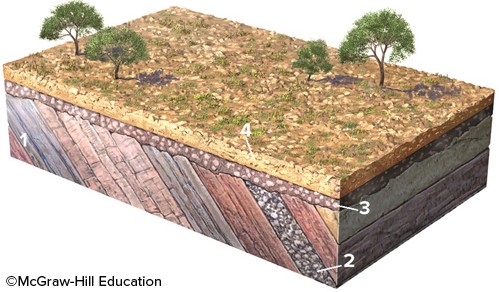Below ground, water moves through soils and rocks by a process known as
A. seepage.
B. infiltration.
C. discharge.
D. percolation.
Answer: D
You might also like to view...
An advantage of materials recovery facilities (MRFs) is that they
A. encourage a low throughput of garbage. B. have low operation and maintenance costs. C. eliminate the production of toxic ash D. do not emit carbon dioxide and methane. E. recover valuable materials for resale.
Humans shape Earth's surface
A) to a small degree. B) to a large degree. C) by making it toxic to all forms of life. D) not at all
The principle of lateral continuity proposes that sedimentary rock layers continue in all directions until they grade into a different rock type or thin out on the edge of a basin is important because ________
A) it provided a way to recognize if rocks had been deformed B) it provided an explanation how rocks behave in a depositional setting C) it allowed geologists to correlate sedimentary rock units over large distances D) it showed that catastrophism could not explain the flat layers of the earth
Which of the four numbered features on this figure is the oldest?
A. 1 B. 2 C. 3 D. 4